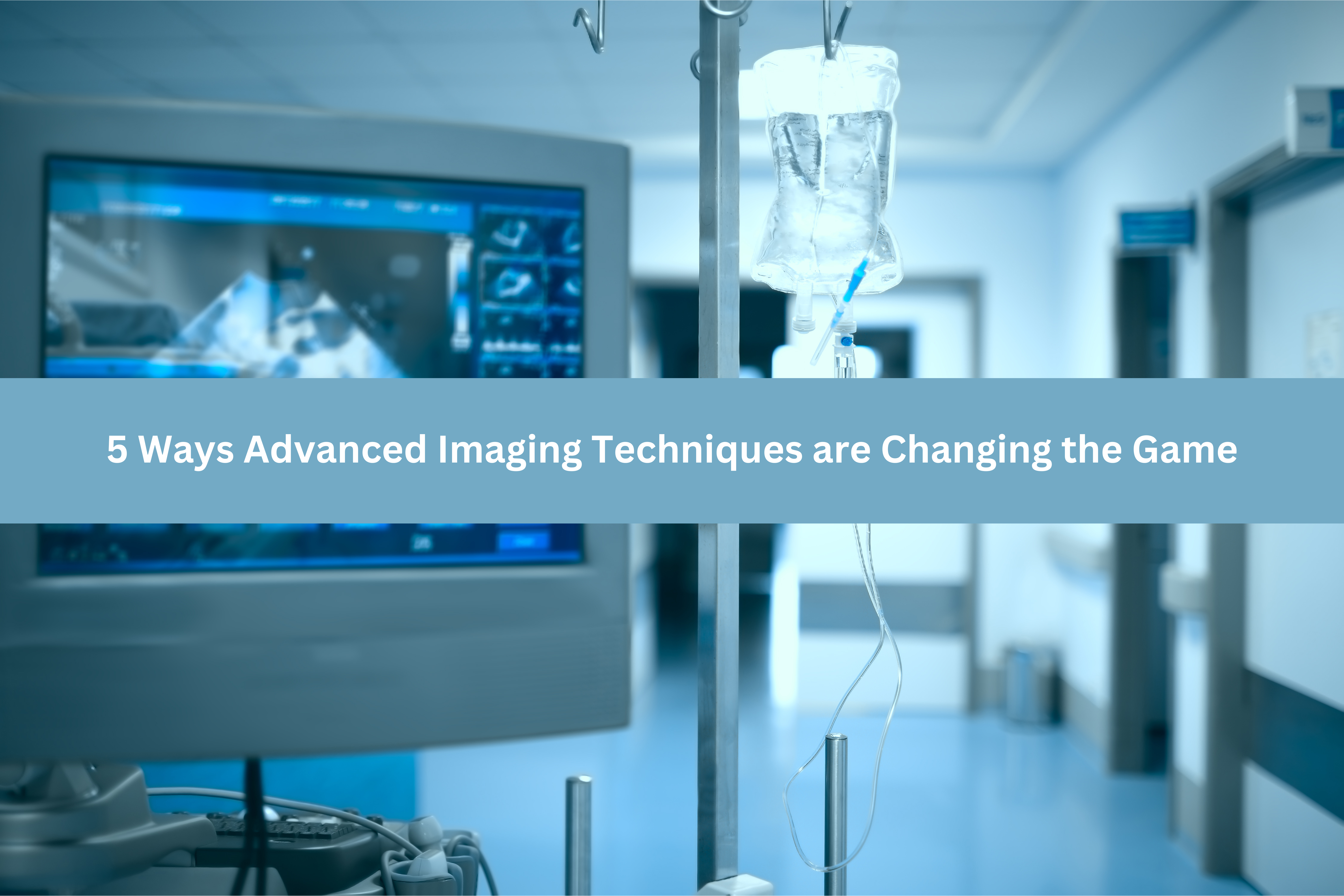Dive deep into the world of advanced imaging techniques, exploring their benefits, challenges, and transformative impact on medical diagnosis and research.
Introduction to Advanced Imaging Techniques
In the annals of history, the quest to visualize the unseen has been a constant endeavor. From the rudimentary sketches of early anatomists to the cutting-edge scans of today, imaging techniques have evolved leaps and bounds. The term “advanced imaging techniques” captures this essence, shedding light on the intricate details of the human body and the world around us.
Basics of Advanced Imaging Techniques
The foundation of these modern marvels lies in their principles and components. Relying on a blend of physics, biology, and technology, advanced imaging systems capture high-resolution images with pinpoint accuracy.
Types of Advanced Imaging Techniques
From the gentle hum of an MRI machine to the quick snapshot of a CT scanner, various techniques cater to different needs:
- MRI (Magnetic Resonance Imaging): A stalwart in the imaging realm, MRI harnesses magnetic fields to produce detailed images of soft tissues. Ideal for brain scans and musculoskeletal imaging, it offers a window into the body sans radiation.
- PET (Positron Emission Tomography): A boon for oncologists, PET scans trace cellular activity, pinpointing areas of high metabolic activity, often indicative of cancerous growths.
- CT (Computed Tomography): Think of it as a 3D X-ray. CT scans offer cross-sectional views of the body, vital for detecting tumors, injuries, and more.
- Ultrasound enhancements: Not just for expectant mothers, advanced ultrasound techniques now provide clearer, real-time images of various body parts.
Advanced Imaging Techniques in Medicine
Medical professionals are well-acquainted with the diagnostic power of these techniques. From identifying the tiniest tumor to mapping the heart’s activity, these tools are indispensable:
- Diagnostic advantages: Early detection often translates to better outcomes. Advanced imaging aids in this, offering clear and comprehensive visuals.
- Treatment planning: Surgeons can plan intricate procedures with a virtual roadmap, ensuring precision and reducing risks.
- Monitoring disease progression: Whether it’s tracking the shrinkage of a tumor post-chemotherapy or monitoring the progression of arthritis, these techniques are invaluable.

Innovations in Advanced Imaging
The realm of advanced imaging isn’t static. Innovations abound, pushing the envelope of what’s possible:
- AI integration: Machine learning algorithms enhance image clarity, assist in diagnosis, and predict patient outcomes.
- 3D imaging: Bringing depth to the picture, 3D imaging offers a holistic view, crucial for surgical planning and diagnosis.
- Real-time imaging: Imagine watching your heart beat in real-time, each valve and vessel in clear view. This isn’t sci-fi; it’s today’s imaging technology.
Challenges in Advanced Imaging
Yet, like all technological wonders, there are hurdles:
- High costs: Advanced equipment comes with a hefty price tag, often passed on to patients or limiting accessibility.
- Patient safety concerns: While many techniques are safe, concerns about radiation exposure or contrast agent reactions persist.
- Interpretation errors: The best machine is only as good as its operator. Misinterpretations, though rare, can have dire consequences.
The Future of Advanced Imaging
Gazing into the crystal ball, the future of advanced imaging looks promising. With research pouring into making machines more efficient, eco-friendly, and patient-centric, the next wave of innovations is just around the corner.
Benefits of Advanced Imaging for Patients
The patient sits at the heart of healthcare. Advanced imaging techniques, with their faster diagnosis times, non-invasiveness, and comfort-centric approaches, are a testament to this patient-first philosophy.
Comparing Traditional vs. Advanced Imaging
It’s a no-brainer. Advanced imaging trumps traditional methods in speed, clarity, and accessibility. While traditional methods have their place, the precision and detail offered by modern techniques are unparalleled.
Advanced Imaging Techniques
This dedicated section underscores the transformative power of these techniques. A fusion of art and science, they have revolutionized healthcare, research, and our understanding of the intricate human body.
Conclusion
Advanced imaging techniques are not just tools; they’re catalysts of change. In unlocking the mysteries of the human body, they pave the way for better healthcare, informed research, and a brighter future.
FAQs
- What makes advanced imaging techniques different from regular ones?Advanced techniques offer higher resolution, clearer images, and often faster results compared to traditional methods.
- Are advanced imaging techniques safe?Generally, yes. While there are concerns, especially with radiation in some techniques, they are typically used judiciously and with patient safety in mind.
- How has AI impacted advanced imaging?AI augments imaging clarity, aids in faster diagnosis, and can even predict patient outcomes based on scan data.
- What’s the next big thing in advanced imaging?While it’s hard to predict, the integration of AI, sustainability, and patient comfort are areas of active research and development.
- Do all hospitals have advanced imaging facilities?Not all. While many urban hospitals and specialized centers have them, accessibility can be a concern in remote areas or smaller facilities.
- Why are these techniques so expensive?High costs are attributed to the cutting-edge technology, regular maintenance, and specialized training required for these machines.

